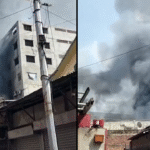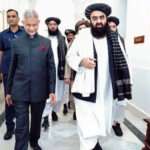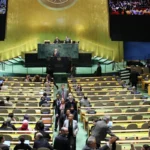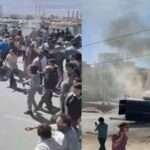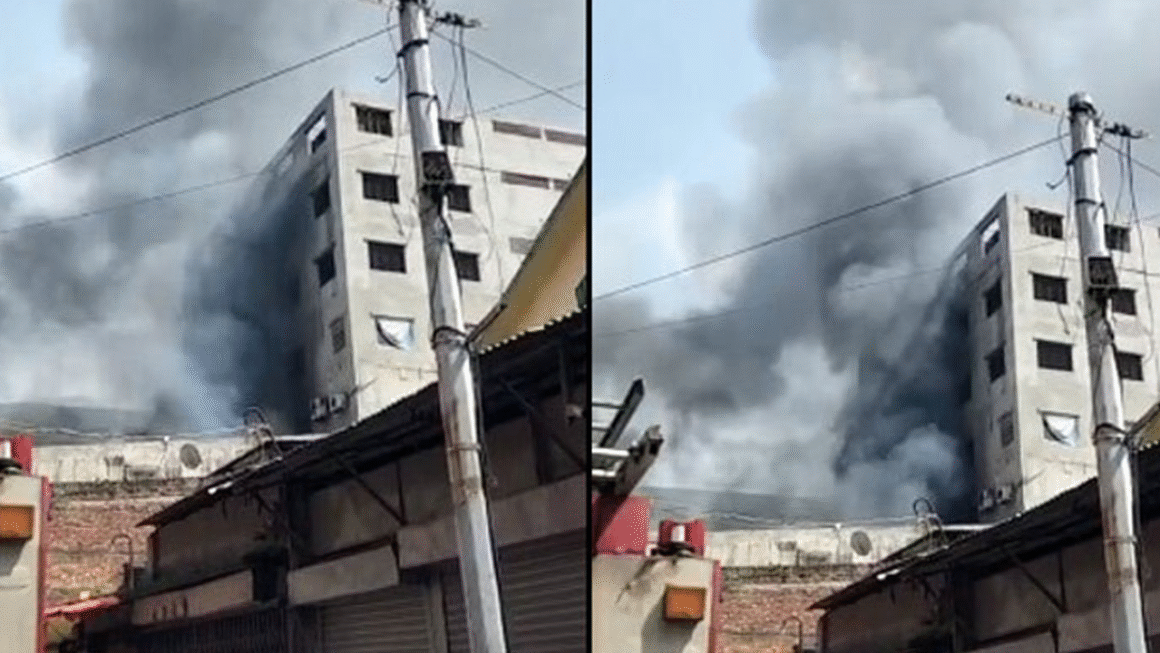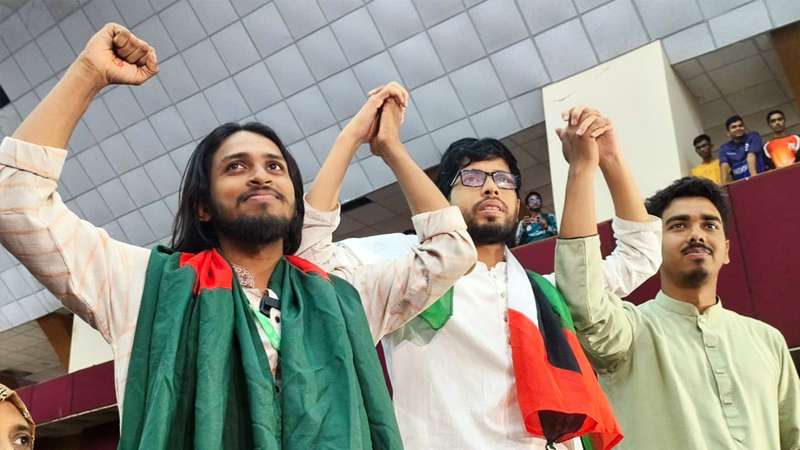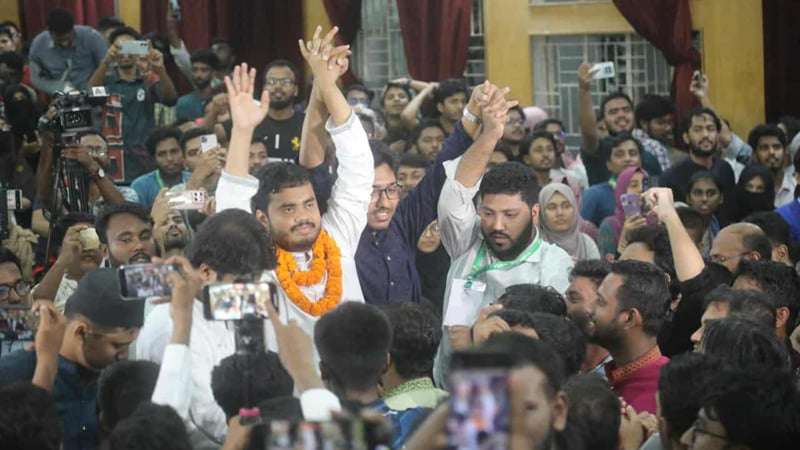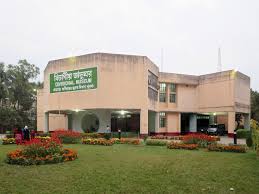 Introduction to Khulna Divisional Museum-
Introduction to Khulna Divisional Museum-
The Khulna Divisional Museum stands as a proud testament to the rich archaeological, historical, and cultural heritage of southern Bangladesh. Situated in the heart of Khulna city, this museum serves not only as a custodian of the past but also as a hub of education and enlightenment for researchers, students, and tourists alike.
Operated under the Directorate of Archaeology, the museum showcases artifacts excavated from significant sites such as Khalifatabad and Bharat Bhaina, offering a glimpse into the ancient civilizations that once thrived in this part of the Bengal delta.
History and Establishment-
The Khulna Divisional Museum was established to preserve and exhibit the archaeological wealth found across Khulna and its surrounding districts. Recognizing the importance of documenting the region’s glorious past, the museum was founded as part of a broader effort to decentralize national heritage and bring local history closer to the people.
Since its opening, the museum has become a focal point for historians, archaeologists, and tourists who wish to explore the deep-rooted culture of Khulna Division.
Major Exhibits and Collections-
The museum’s galleries are home to a variety of priceless collections, meticulously preserved and displayed in thematic sections.
1. Archaeological Artifacts
- Terracotta plaques from ancient settlements.
- Sculptures of Hindu and Buddhist deities.
- Tools and utensils dating back to the early medieval period.
2. Islamic Heritage Gallery
- Relics from the Khalifatabad region (modern-day Bagerhat), including stone inscriptions and architectural elements from mosques and tombs.
- Islamic calligraphy and ornamental pieces from the Sultanate period.
3. Numismatic Collection
- A rich assortment of coins from various dynasties such as the Gupta, Pala, and Sultanate periods.
- Silver and copper coins with inscriptions in Sanskrit, Arabic, and Persian.
4. Ethnographic Displays
- Traditional household items of indigenous and local communities.
- Farming tools, musical instruments, and handwoven textiles.
5. Weaponry and Armor
- Swords, spears, and firearms from different eras of Bengal’s military history.
- Mughal and colonial-era weapons.
These artifacts not only represent local heritage but also reflect broader cultural and historical movements that influenced the region.
Architectural Significance-
The Khulna Divisional Museum building itself is a modern architectural structure with spacious galleries, natural lighting, and climate-controlled exhibit zones. The design allows visitors to comfortably explore the displays while maintaining optimal preservation conditions for the artifacts.
The landscaped garden and outdoor sculptures enhance the cultural ambiance, making the museum a peaceful and informative place to visit.
Educational and Cultural Role-
Besides its exhibition function, the museum regularly organizes:
- Seminars and workshops on archaeology and heritage conservation.
- Temporary exhibitions on regional art and crafts.
- School tours and educational activities for children and students.
- Collaborations with national and international researchers.
The museum thus acts as a bridge between past and present, serving educational institutions and cultural organizations across the Khulna region.
Visiting Information-
Location:
The Khulna Divisional Museum is located on the northern side of Khulna city, easily accessible by rickshaw, car, or public transport from any part of the city.
Opening Hours:
- Saturday to Thursday: 10:00 AM – 5:00 PM
- Friday: 3:00 PM – 7:00 PM
- Closed on public holidays and Mondays.
Entry Fees:
- Local Adults: BDT 20
- Students: BDT 5
- Foreigners: BDT 100
Facilities:
- Parking Area
- Information Center
- Souvenir Shop
- Restrooms
- Guided tour service (on request)
Best Time to Visit Khulna Divisional Museum-
The best time to visit the Khulna Divisional Museum is during the winter season (November to February). This period offers:
- Pleasant weather for sightseeing.
- Lower humidity, making walking and outdoor activity enjoyable.
- Easier access to nearby heritage sites like Shat Gombuj Mosque in Bagerhat or the Sundarbans.
Avoid visiting during the monsoon (June to September), as heavy rain may disrupt travel plans.
Conclusion-
The Khulna Divisional Museum is more than just a collection of artifacts; it is a living archive of Bangladesh’s southern legacy. From ancient archaeological finds to Islamic art, from colonial relics to traditional tools, the museum preserves the voices of countless generations.
Whether you’re a tourist seeking cultural immersion, a student eager to learn, or a historian tracing the roots of Bengal’s civilizations, this museum offers a rewarding experience. A visit here enriches your understanding of how Khulna has evolved—shaped by faiths, rulers, and communities that left behind a remarkable trail of heritage.
Frequently Asked Questions (FAQs)-
What is the main attraction of Khulna Divisional Museum?
The museum is renowned for its archaeological finds from Khalifatabad and Bharat Bhaina, including terracotta plaques, Islamic inscriptions, and ancient coins.
Is photography allowed inside the museum?
Photography is usually permitted without flash. However, some special exhibits may have restrictions. Always confirm with museum staff.
Are guided tours available?
Yes, guided tours are available upon request, especially for school groups and research visits.
Is the museum suitable for children?
Yes, the museum is child-friendly and offers educational content suitable for school-going children.
Can foreigners visit the Khulna Divisional Museum?
Absolutely. Foreign tourists are welcome and typically pay an entry fee of BDT 100. Most exhibits are labeled in both Bangla and English.
How long does a visit to the museum take?
A complete visit takes about 1–2 hours, depending on your level of interest in historical artifacts and reading exhibition details.
Is there parking available at the museum?
Yes, the museum has a designated parking area for visitors.
Does the museum have any events or temporary exhibitions?
Yes, the museum frequently hosts temporary exhibitions, workshops, and cultural events related to heritage and archaeology.

